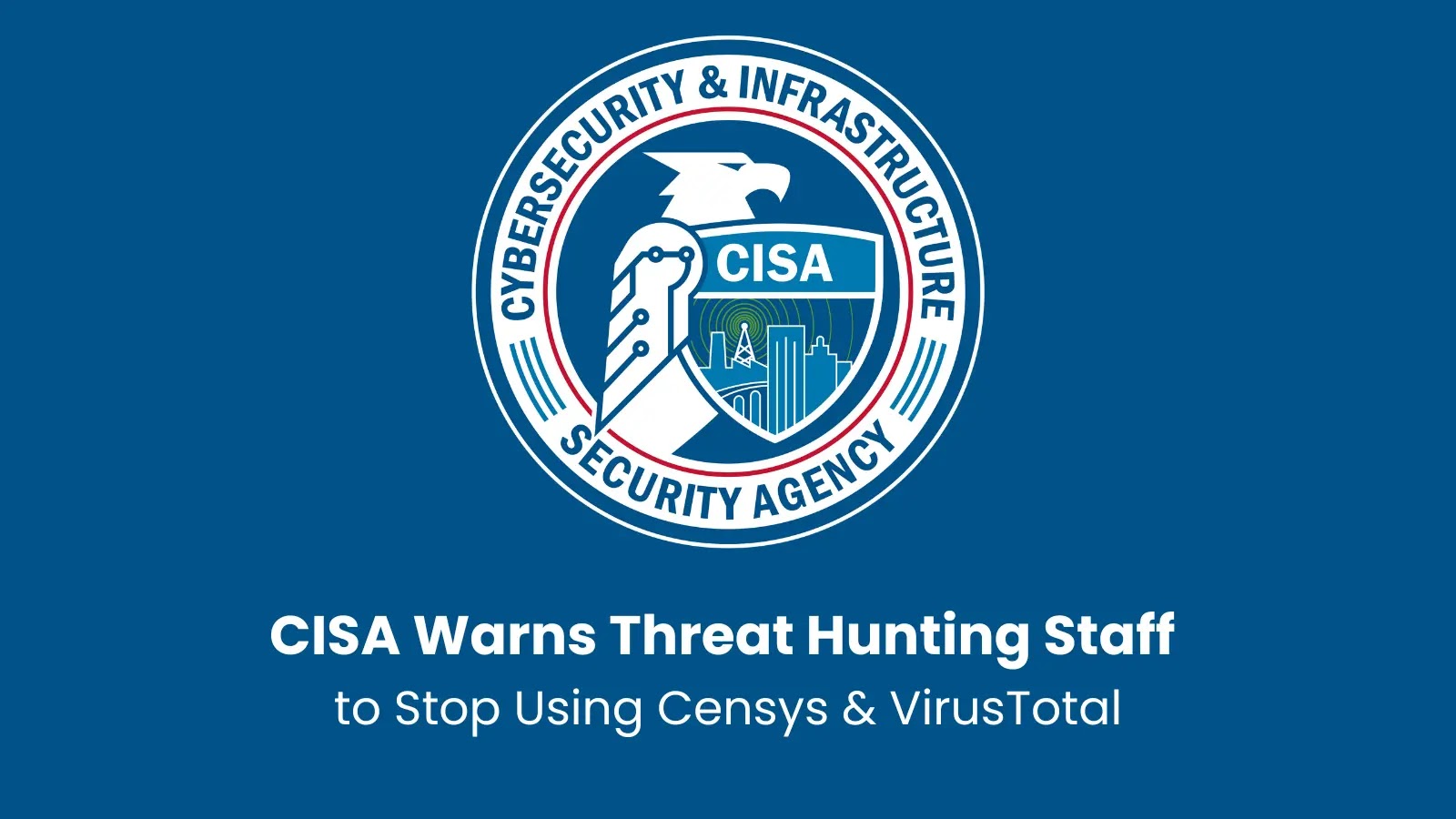In recent developments, cybercriminals have adopted a more sophisticated approach to phishing by integrating QR codes into their schemes, specifically targeting Microsoft 365 users. This method combines social engineering with technical tactics to bypass traditional email security measures, posing a significant threat to corporate users.
The Emergence of QR Code Phishing
Phishing attacks have long relied on deceptive emails containing malicious links or attachments. However, the increasing normalization of QR codes in daily business operations has provided attackers with a new vector. By embedding malicious QR codes in emails, cybercriminals can circumvent security systems that typically scan for suspicious URLs or attachments.
Mechanics of the Attack
The attack typically begins with the victim receiving an email that appears to be from Microsoft or their IT department. These emails often claim that the user needs to verify their account or that their password is about to expire. Instead of including a clickable link, the email contains a QR code, instructing the recipient to scan it with their mobile device.
Upon scanning, the QR code redirects the user to a counterfeit Microsoft 365 login page. These pages are meticulously designed to mimic the legitimate login interface, complete with pre-populated user information to enhance credibility. Unwitting users who enter their credentials on these pages inadvertently provide attackers with access to their accounts.
Technical Analysis of the Redirection Mechanism
The QR codes used in these attacks embed specialized URLs that initiate a complex redirection chain. This process often involves passing through seemingly benign domains before landing on the phishing page, making detection more challenging.
An examination of the phishing site’s source code reveals sophisticated obfuscation techniques. For instance, JavaScript functions are employed to validate email formats and password lengths before submission. This not only creates a more believable user experience but also filters out low-quality targets.
Real-World Incidents
In August 2023, a significant phishing campaign was observed targeting a major U.S. energy company. Approximately 29% of the 1,000 phishing emails sent in this campaign were directed at this organization. The emails contained PNG or PDF attachments featuring QR codes, which, when scanned, redirected users to malicious sites designed to harvest Microsoft 365 credentials. This campaign underscores the effectiveness of QR code phishing in bypassing traditional security measures. ([bleepingcomputer.com](https://www.bleepingcomputer.com/news/security/major-us-energy-org-targeted-in-qr-code-phishing-attack/?utm_source=openai))
Global Perspective
The threat of QR code phishing is not confined to the United States. In Spain, for example, cybercriminals have been using malicious QR codes to compromise popular messaging apps. By embedding these codes in phishing emails, attackers can gain unauthorized access to user accounts without needing physical access to the devices. This method has proven effective in real-time interception of messages and data. ([as.com](https://as.com/meristation/betech/google-desvela-las-tecnicas-de-rusia-para-vulnerar-una-conocida-app-de-mensajeria-instantanea-qr-maliciosos-y-phishing-n/?utm_source=openai))
Industry Response
Financial institutions and regulatory bodies have raised alarms about the increasing prevalence of QR code phishing scams, often referred to as quishing. Major banks and cybersecurity agencies have highlighted this growing concern, noting that these scams effectively bypass corporate cyber defenses and trick customers into divulging financial details. The rise in QR code usage during the COVID-19 pandemic has further exacerbated this issue, leading to a surge in such scams. ([ft.com](https://www.ft.com/content/8aca741e-6448-4511-a54d-64f3a97747b1?utm_source=openai))
Protective Measures
To mitigate the risks associated with QR code phishing, organizations and individuals should adopt the following practices:
1. Verify the Source: Before scanning a QR code, ensure it originates from a trusted source. Be cautious of unsolicited emails containing QR codes.
2. Inspect URLs: Modern mobile devices often display the URL associated with a QR code before opening it. Always review this URL to confirm its legitimacy.
3. Avoid Scanning Unknown QR Codes: Refrain from scanning QR codes from unknown or unverified sources, especially those received via email.
4. Implement Multi-Factor Authentication (MFA): Even if credentials are compromised, MFA can provide an additional layer of security, preventing unauthorized access.
5. Educate Employees: Regular training sessions can help employees recognize phishing attempts and understand the risks associated with scanning unknown QR codes.
6. Utilize Advanced Security Solutions: Employ security tools capable of detecting and mitigating QR code-based threats.
Conclusion
The integration of QR codes into phishing campaigns represents a significant evolution in cyber threats. As these codes become more embedded in daily operations, both individuals and organizations must remain vigilant. By adopting proactive security measures and fostering a culture of awareness, the risks associated with QR code phishing can be effectively mitigated.



